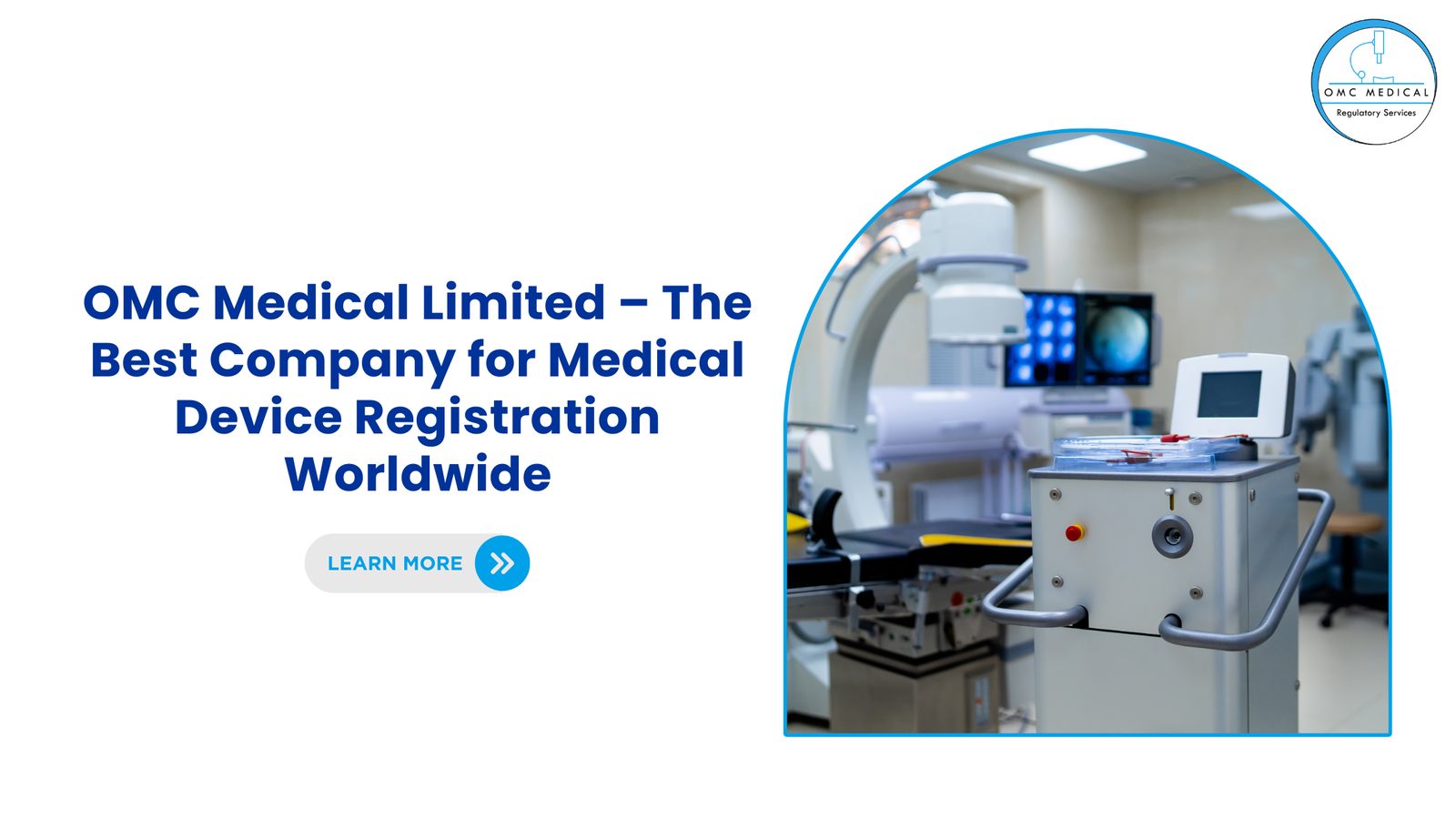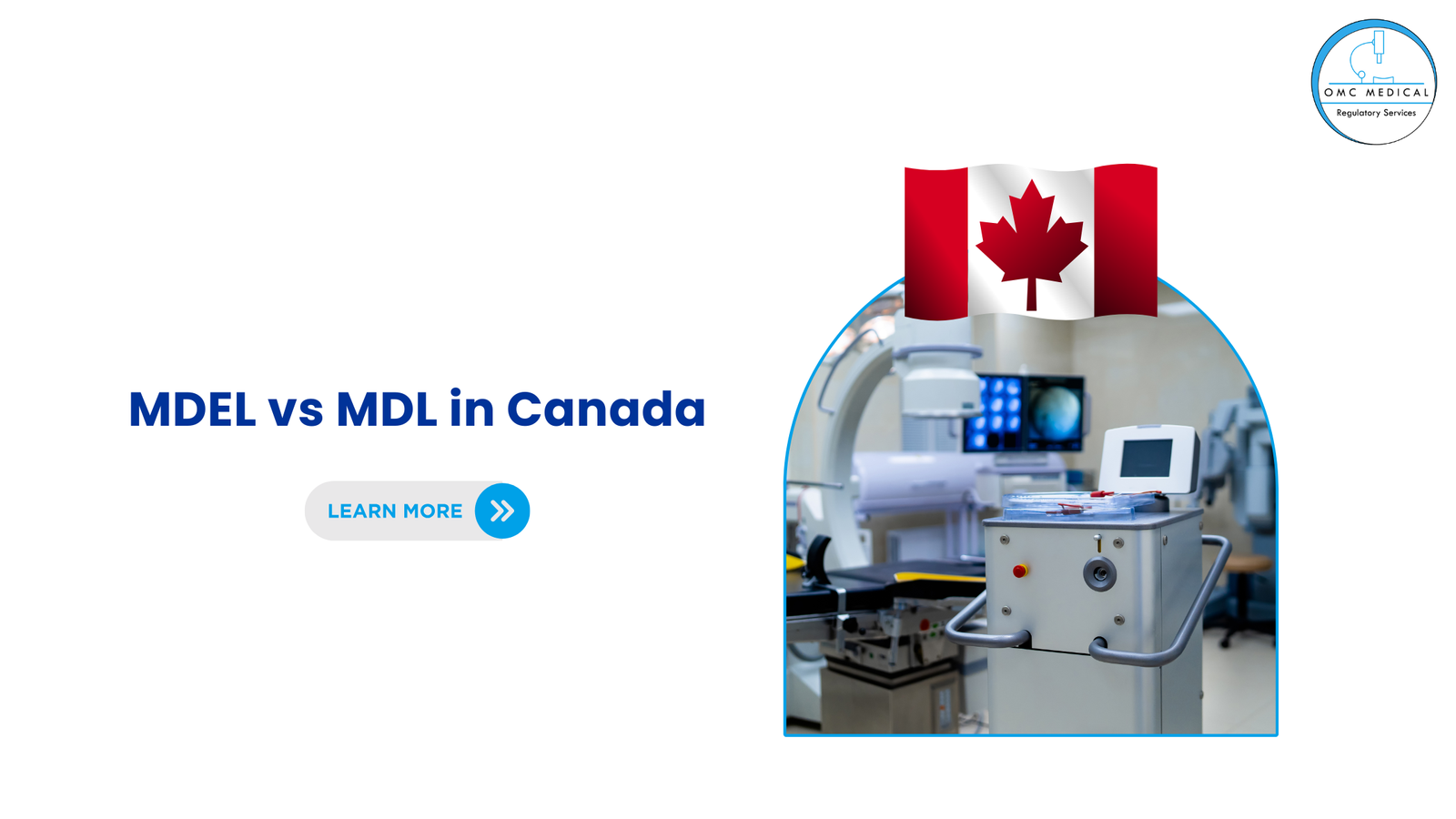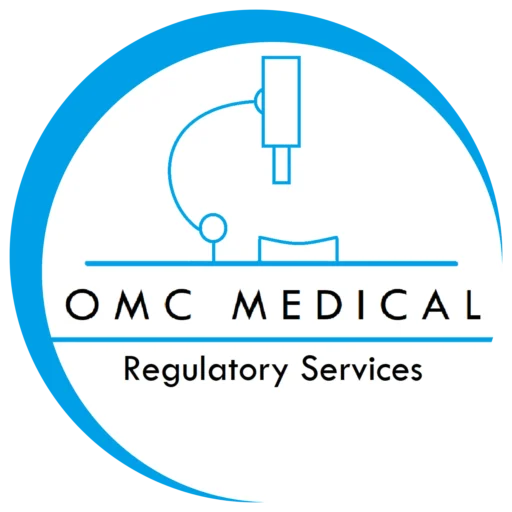Manufacturers often face complex challenges when determining whether a product should be regulated as a medical device or under alternative frameworks, such as medicinal products, cosmetics, or general consumer goods. Accurate classification impacts everything from regulatory compliance and market access to safety assurance and post-market obligations. This white paper provides a comprehensive overview of the latest guidance published by the Medicines and Healthcare products Regulatory Agency (MHRA) in June 2025, specifically addressing borderline products in the Great Britain (GB) regulatory landscape.
Introduction
In the GB market, the classification of products at the intersection of medical and non-medical use—commonly referred to as borderline products—is governed by the UK Medical Device Regulations 2002 (UK MDR 2002). The MHRA’s updated guidance assists stakeholders in understanding when products fall within the definition of a medical device and when they may be subject to alternative legal regimes.
This article outlines how intended purpose, mode of action, and supporting materials influence regulatory status, and examines key product categories where classification uncertainty is common.
Defining a Medical Device under UK MDR 2002
A product is considered a medical device in Great Britain if it meets the following criteria:
- Intended Purpose: The manufacturer’s stated intention, typically described in labeling, instructions for use, and promotional materials.
- Mode of Action: The product achieves its principal intended action by physical or mechanical means, and not primarily through pharmacological, immunological, or metabolic actions.
Products making medicinal claims or acting primarily via chemical or biological means may instead be regulated as medicinal products under different frameworks.
Borderline Classifications: Sector-Specific Insights
1. Products with Medical, Cosmetic, or Toiletry Purposes
Not all health- or hygiene-related products are medical devices. Regulatory classification depends on intended medical function.
Typically, not medical devices:
- Baby nappies and feminine hygiene products
- Hand wipes for general cleaning
- Non-medicated wrinkle treatments
- Toothbrushes and dental floss
- Muscle toners for aesthetic purposes
Medical devices if medical claims are made:
- Bedwetting alarms (for treating enuresis)
- Heated compresses for pain relief
- Electrical stimulators indicated for managing incontinence
2. General Purpose and Multiple-Use Products
Products used in both medical and non-medical contexts must be assessed case-by-case.
Not medical devices unless specific medical intent is declared:
- Disinfectants for general surfaces
- Household IT systems (e.g., barcode scanners)
3. Assistive Technology and Aids for Daily Living
The distinction lies in direct medical function:
Medical Devices:
- Orthopaedic footwear
- Hearing aids
- Prosthetics
- Manual or powered wheelchairs
Non-Medical Aids:
- Portable ramps
- Stair lifts
- Grab rails
- Home alarm systems
4. Sports and Leisure Products
Products primarily designed for performance, fitness, or recreation are not medical devices unless specific therapeutic or rehabilitative claims are made.
5. Personal Protective Equipment (PPE)
Where a product offers protection only (e.g., helmets, goggles), it is regulated under PPE legislation.
Dual-function products (e.g., surgical masks or protective eyewear used in clinical settings) must comply with both PPE and medical device requirements.
6. Software as a Medical Device (SaMD)
Standalone software may be a medical device if it fulfils a medical function, such as:
- Image enhancement for diagnostic use
- Data analysis used in treatment decision-making
Not medical devices:
- Administrative tools (e.g., appointment scheduling)
- Patient record systems with no clinical interpretation
Special Borderline Scenarios
1. Accessories
Accessories intended specifically to enable or enhance the function of a medical device (e.g., power adapters, disinfectants for reusable devices) may themselves be classified as medical devices.
2. Raw Materials and Spare Parts
Only the finished product is regulated. However, critical component parts that alter the device’s performance or safety profile may require scrutiny. Replacement parts typically follow the same classification as the original device.
3. Second-hand and Refurbished Devices
- Second-hand devices retain their original UKCA/CE marking and do not need remarking if their intended purpose and functionality are unchanged.
- Fully refurbished devices (those reassigned a new intended use or lifespan) require fresh UKCA marking and regulatory documentation.
4. Custom-made Devices
Products tailored for a specific patient based on a professional prescription (e.g., dental splints, prosthetics) are subject to custom-made device provisions under UK MDR 2002.
5. Procedure Packs and Assemblies
Entities assembling multiple UKCA- or CE-marked products into a system or procedure pack must ensure:
- All devices remain compliant for their intended use.
- The pack does not alter the devices’ performance or purpose.
- Labeling and documentation meet regulatory standards.
Biocidal and Medicinal Borderline Considerations
Biocidal products and medicinal products have distinct regulatory frameworks but may overlap with medical devices:
| Product Type | Classification |
| General-purpose disinfectant | Not a Medical Device |
| Disinfection wipes for medical equipment | Medical Device |
| Surgical scrub solutions | Medicinal Product |
Correct classification depends on:
- Product composition
- Labelled intended purpose
- Claimed mechanism of action
Practical Guidance for Manufacturers
To reduce compliance risks and ensure correct market access:
- Document the Intended Purpose: This must be unambiguous across all product materials.
- Clarify the Mode of Action: Avoid suggesting pharmacological or metabolic effects unless supported and compliant.
- Avoid Inadvertent Claims: Disclaimers do not override implied medical claims made elsewhere (e.g., in promotional content).
- Consult MHRA Early: Seek written advice if classification remains uncertain.
- Maintain Consistency: Align labelling, marketing, and user instructions with your chosen regulatory pathway.
Conclusion
Correctly classifying borderline products is a nuanced yet essential step toward compliant UK market access. The MHRA expects a rigorous, evidence-based approach that accounts for intended purpose, mode of action, and regulatory definitions.
With growing scrutiny in post-Brexit Great Britain, manufacturers must adopt proactive classification strategies supported by robust documentation and expert regulatory support.
Why Choose Us
OMC Medical Limited is a regulatory consultancy specializing in:
- Medical device classification and registration
- MHRA borderline product determinations
- Cosmetic and medicine regulatory compliance
- Dossier preparation for UK submissions
- Authorised representative and importer services
Let us support your UK compliance journey with strategic insight and regulatory precision.
Contact us today to ensure your product is correctly classified and fully market-ready in Great Britain.







